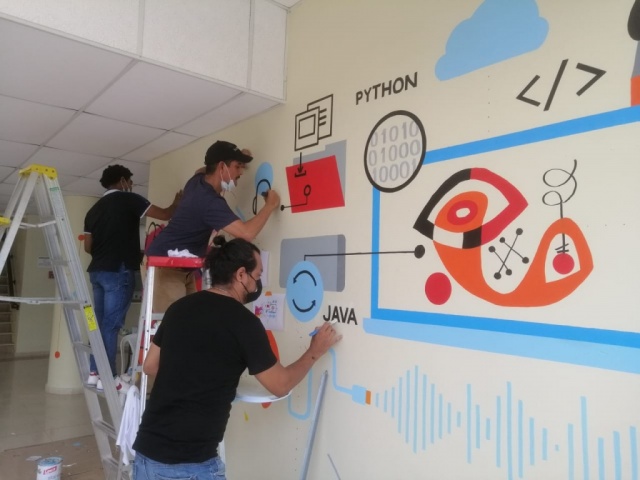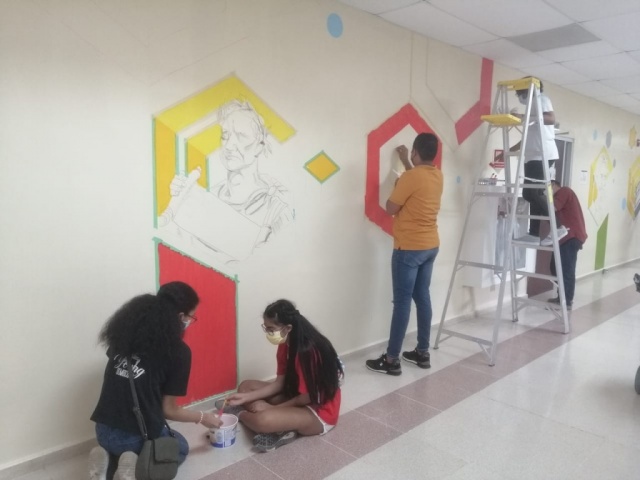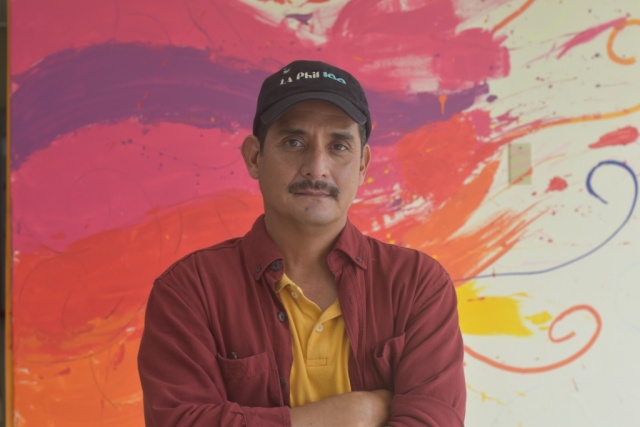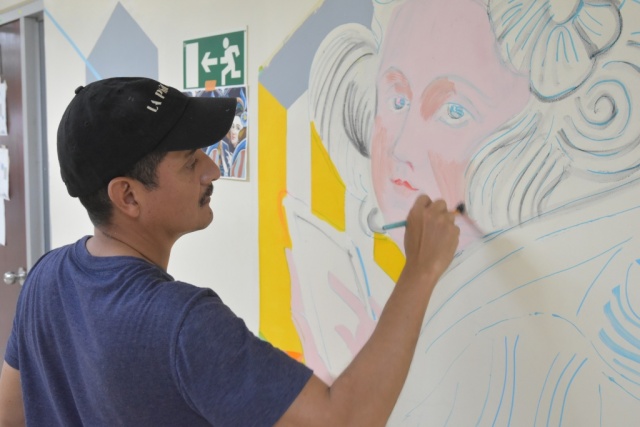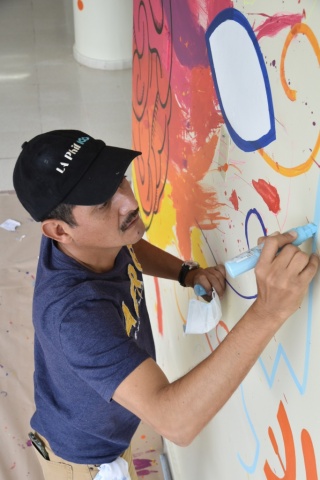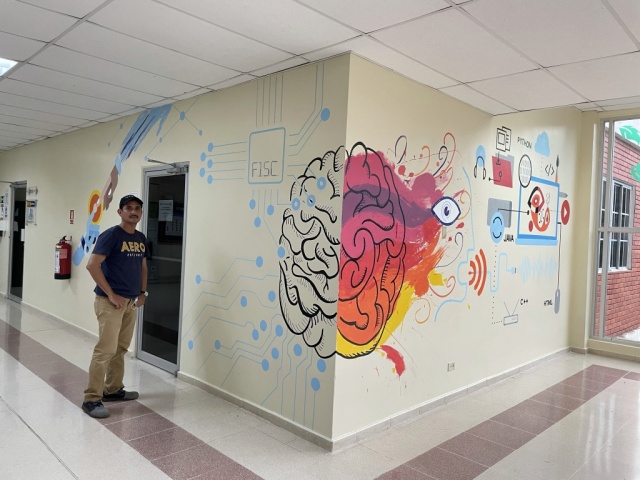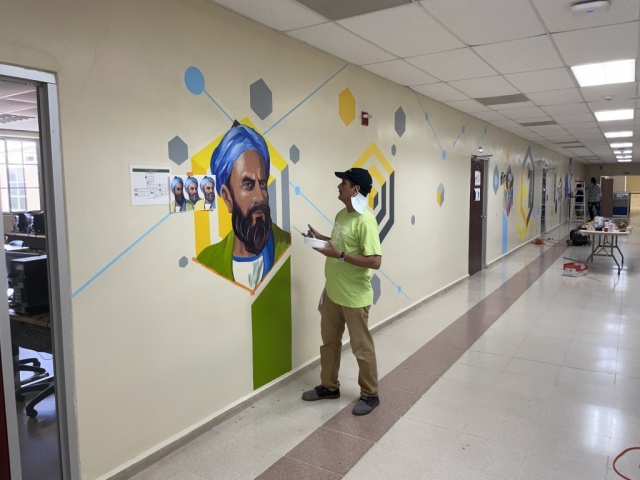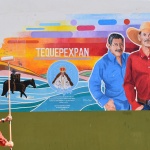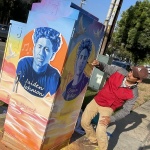Art and Technology
Universidad Tecnológica de Panamá Panama, Panama.
April, 2021
Technology and the arts come together in a new project in Panama. The Faculty of Computer Systems Engineering of the Technological University of Panama with the support of Dean Clifton Clunie, a series of murals was made with the theme of digital life.
At the entrance, to welcome visitors, a mural was made on the walls and column entitled: Digital Reason and Emotion, a representation of the two hemispheres of the brain, the rational part that logically analyzes; and the emotional part that thinks with images and sounds. There it is shown how the senses have been transformed into digital signals, such as voice sintering, touch devices, visual security scanning and computer-aided art.
In the laboratory area, an allegory of the history of computer science is shown, from Julio Cesar with his attempt to encrypt military messages, through Mohamed Al-Khwarizmi and the algorithms, Ada Lovelace (defined the first computer program) to Alan Turing and a theoretical model of a computing machine.
Another corridor has a representation of “Panama: Past Present and Future”, through city lines and connections on social networks.
The concept was based on a series of drawings the artist made in notebooks from his years as an engineering student. In those times, among the graphs generated by the differential equations of mathematical calculation, the young student was looking for ways to unite art with the knowledge of computational logic. It was thus that the ideas of the past were mixed with the techniques that he uses today.
La tecnología y las artes se unen en un nuevo proyecto en Panamá. La Facultad de Ingeniería de Sistemas Computacionales de la Universidad Tecnológica de Panamá con el apoyo del decano Clifton Clunie, se realizó una serie de murales con el tema de la vida digital.
En la entrada, para dar la bienvenida a los visitantes se realizó un mural en paredes y columna titulado: Razón y Emoción Digital, una representación de los dos hemisferios del cerebro, la parte racional que analiza lógicamente; y la parte emocional que piensa con imágenes y sonidos. Allí se muestra como los sentidos han sido transformados en señales digitales, como sinterización de voz, dispositivos táctiles, escaneo visual de seguridad y arte asistido por computadora.
En el área de laboratorios, se muestra una alegoría de la historia de las ciencias de computación, desde Julio Cesar con su intento de encriptar mensajes militares, pasando por Mohamed Al-Khwarizmi y los algoritmos, Ada Lovelace (definió el primer programa de computación) hasta Alan Turing y se modelo teórico de una máquina de computación.
Otro pasillo tiene una representación de “Panamá: Pasado Presente y Futuro”, a través de líneas de la ciudad y las conexiones en redes sociales.
El concepto fue basado en una serie de dibujos que hizo el artista en libretas de apunte de sus años como estudiante de ingeniería. En esos tiempos, entre las gráficas generadas por las ecuaciones diferenciales de cálculo matemático, el joven estudiante buscaba maneras de unir el arte con los conocimientos de la lógica computacional. Fue así que se mezclaron las ideas del pasado con las técnicas que usa hoy en día.

